SketchUp game exporter (Source)
-
That sounds great Chris.
I found this nice bit of code on the SketchUp API blog:
http://sketchupapi.blogspot.com/2009/03/deleting-unnecessary-edges.html
It seem like exactly what is needed to clean up a model into solid faces.
If you can clean-up reversed faces and internal materials I think the last bit would be a way to detect if if a group was convex or not, and prompt the user to fix that group.
I would be happy to test any scripts you come up with, I will PM you my contact info. -
The code that I linked to was broken, or basically didn't work on as advertised.
I have made a clean-up script that uses a few different scripts I have found including the Google code which was the biggest key. It allows you to search the entire open model including inside groups and components.
I now have a script that does four things on one go:
1: Searches for any lines that don't connect to any other lines and delete them.
2: Searches for any lines that split a coplanar face where both faces have the same texture.
3: Searches for any faces that have a material applied to the back-side and removed the material.
4: Searches for any groups or components where a overall material was applied in an attempt to paint the whole model, and removes the overall material.It reports back how many lines were repaired, and how many bad materials were removed.
I will release the script along with a a larger tool set if Chris can help me a bit on getting it packaged into a nice menu. -
Oh cool, that was fast. PM me the script and I'll put it into a menu.
I'm working on making a script that attempts to correctly orient faces, and checks for holes in the shape. I thought I had a working plan, but keep running into problems. I know there are a few other scripts out there that do this already, so maybe I should track those down and try to get the authors permission to include them (specifically the face orientation - I've alreaedy written a script that does a quick check for holes and labels them, so I know I can get permission to include that one
 ).
).Chris
-
It makes an smd file and you need to convert it to a model file. THat is what I read. I still have not figured out how to do that though. But I made a nice lattice .smd file that I wanted to import, but so far I have not got it to work.
So if you figure out how to convert it, or figure out how to get .smd's into a map, let me know

Chris
-
i thank, both of you for trying to get sketchup to be more userfriendly with the source engine, this could be the start in making some really great content for this engine for people that dont know the bigger apps like XSI and 3dmax which are more native to importing models
ps if you need me to test anything please send a pm

oh and if you have any tutorials send them too, could do with a modeling one cause i still cant get one working yet lol
ive made the model but it only makes a (SMD) thats the only file i get but i belive i should also have a (qc) file or do i need to make that myself, who know ive tried to follow Valve Tut with no luck...when i comes to using hammer i would say iam pritty good at it, i just found that sketchup has the chance of coming a 3rd party map editor its can be quicker with the right plugings to make maps with, so if you need any info on hammer just pm me
keep up the good work
-
you having the same luck as me then lol
-
i opened the file valve_sketchup_tools_config.rb and it says in here that build SMD file for import to the hammer engine is done for you but i tried to correct the Dir but it still dont work or perhaps valve release a duf plugin
-
@gardentwine said:
i opened the file valve_sketchup_tools_config.rb and it says in here that build SMD file for import to the hammer engine is done for you but i tried to correct the Dir but it still dont work or perhaps valve release a duf plugin
The code in the Ruby file to automatically compile the SMD is old and inactive.
I have actually been in contact with a employee at Valve who worked on this plug-in.
He said they probably will be supporting it more in the future but current it is more of a in-between project. Also that the automatic compile stuff didn't make it into the public release, probably due to stability and the fact that more data would have be written into the model for the QC to work.If you don't know a SMD file is the geometry for a model, similar to a Collada file. It has a paint-by-numbers style UV map that a compiler can then apply a material to.
A QC file is similar to the XML files packaged inside a KMZ. I describes the metadata for the geometry: Is this a static model? Physics model? Where do I find the textures? etc...
See this page on writing the .QC file. Search google for many tutorials and tools on compiling them. Once you know the work flow it isn't all that bad. Models in-game use a different material lighting scheme that isn't as complex as the brush work. This increases the game speed.SMD files are blocks that make up the game world. These are the walls of buildings, floors, ceilings, trim work etc... And the majority of the game world. Each block or brush exported into the SMD file must be a convex object, have no lines splitting up a face, or any 2D surfaces. This is the primary purpose of the scripts we are trying to write.
See here: http://developer.valvesoftware.com/wiki/VMFSo far most of the screenshots I have shown are SMD brushes. What makes sketchup so much more powerful to me is that I can create complex geometry models in SMD that mixes with the less complex brush work in VMF and have them meet seem lessly in the game world.
For example I made the greenhouse model below in SketchUp.
All the parts of the building are VMF blocks, along with all the glass.
The many beams that make up the ceiling though would be intensive on the game engine.
So they were made into a SMD model file, and compiled into a game model (.MDL)
The model uses 100% in-game materials, so I didn't have to make anything new.
Making this type of object in-game would be nearly impossible with all the angles. It would also take forever to tweak and modify. But SketchUp components and mirroring fixes all that.
For example I wanted the player go be able to crouch and squeeze though the windows along the side. I had to make the windows 8 inches taller. Well in sketchup that takes about 15 seconds including adjusting the matching glass. In-game that would mean modifying about 100 object each by hand.SketchUp:
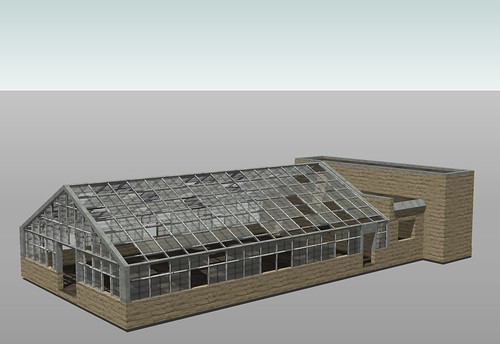
In-game:
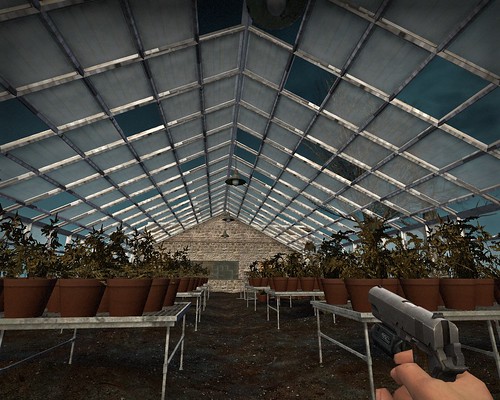
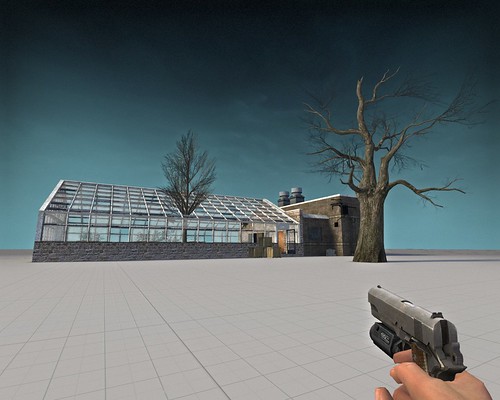
Real-world:
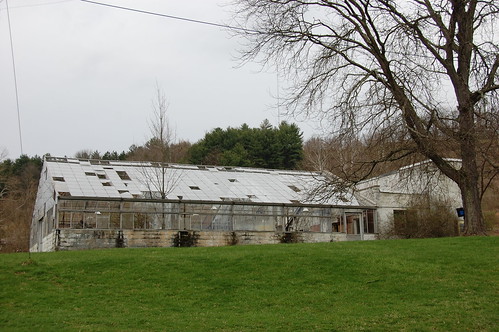
-
i managed to use the cannonfodder StudioCompiler to create my Mdl but now when i try and load hammer it come up with an error (failed to load default scheme) WTF is this, and is it cause of a bugged mdl or something
-
It should not be due to a MDL file.
See here: http://developer.valvesoftware.com/wiki/Failed_to_load_the_default_scheme_fileHere is an example of model work that you can do in SketchUp. Both of these models were made in a few hours today.
All the models used existing in-game model textures I imported into SketchUp.
The white smoothed model behind each is the collision model that sets up the object physics.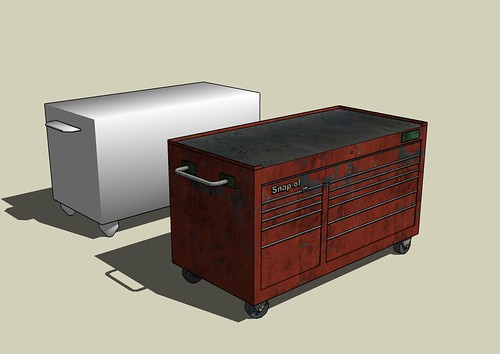

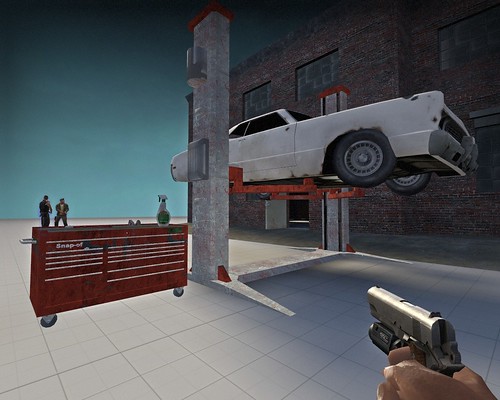
Bonus:
The toolbox is very fun to play with as the tank, as it weighs quite a bit.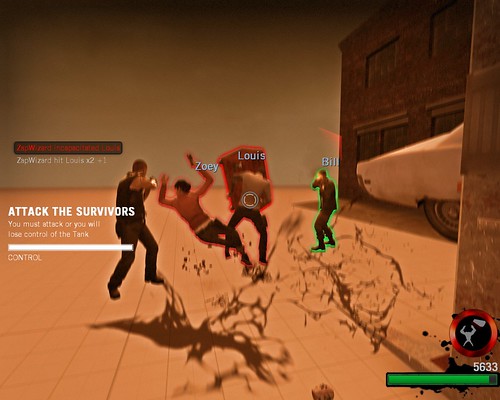
-
your so good at making stuff i only wished i could get it to work, most of today i reinstalled cause my vista 64 system was so buggy dew to my part and alot of apps crash so hopefull now i have a fresh install i may have better luck
lets hope
-
Any new information on this topic?
-
@timbo89 said:
Any new information on this topic?
I have been too busy using the exporter to write my tutorials yet.
However, I think the plug-ins are finally good for release. I have worked out most of the bugs.
I will get them uploaded tonight.Here are some screenshots of a game map I am making based on a real theater near my house.
People will actually be playing the map of the theater while inside the theater on Halloween.
These images show just how accurate you can make a game map compared to the real-world.Photo:
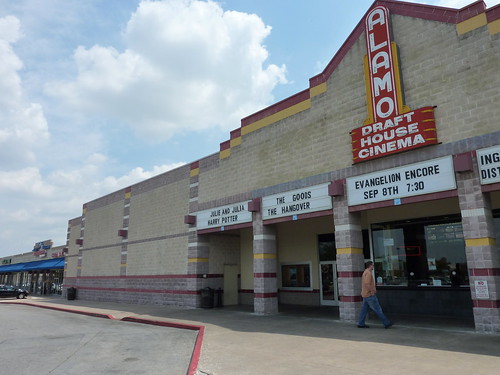
Sketch-up:
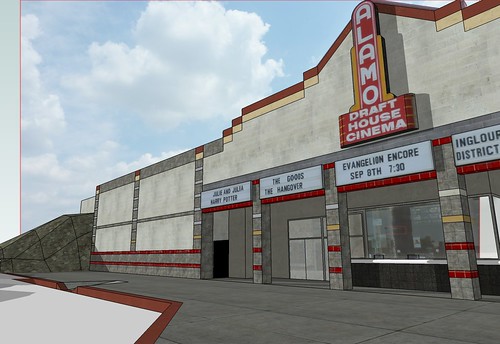
In-game:
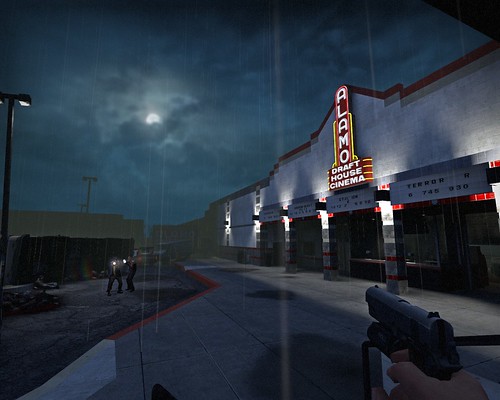
-
Attached are the plugins, styles, and template I use for Hammer.
I hope to get some tutorials made in November, I am currently too busy with a deadline project for Halloween.
-
When I try to install the plugins by going to Sketchup Plugins under the L4D authoring tools and go into the sketchup folder all I have is the valve_library folder -- the valve folder and other files that I am supposed to copy into the google folder are not there, any idea why or how to fix it?
-
@radiodead said:
When I try to install the plugins by going to Sketchup Plugins under the L4D authoring tools and go into the sketchup folder all I have is the valve_library folder -- the valve folder and other files that I am supposed to copy into the google folder are not there, any idea why or how to fix it?
Try to either re-install the authoring tools, or in steam right click on them, goto "Local Files", and "click on verify integrity of tool cache"
If they are still missing I would contact valve at: sketchuptools@valvesoftware.com
-
@zapwizard said:
@radiodead said:
When I try to install the plugins by going to Sketchup Plugins under the L4D authoring tools and go into the sketchup folder all I have is the valve_library folder -- the valve folder and other files that I am supposed to copy into the google folder are not there, any idea why or how to fix it?
Try to either re-install the authoring tools, or in steam right click on them, goto "Local Files", and "click on verify integrity of tool cache"
If they are still missing I would contact valve at: sketchuptools@valvesoftware.com
Yeah, I tried to uninstall the authoring tools and reinstall, but it still wasn't there. I have all my hidden files & folders showing too. I'll try to verify the integrity, which file do you right click on and go to Local files? The Sketchup Plugin folder in the authoring tool menu?
-
hey zap, thanks for the plugins.
You still have to build everything like in Hammer if you want to export it as an vmf, right?
Each block still one group?
-
Yes, the exporter won't group things automatically.
Each single "Brush" in hammer is a single convex grouping of faces in SketchUp.You can however group together other groups of convex objects in SketchUp into more groups and components and they will export as groups in Hammer. This makes moving them around in hammer much easier, they can then be un-grouped in hammer back into their smallest convex objects.
For example I would group together any objects in sketchup that I knew I was going to convert to a func_detail, or breakable window.Components are also a HUGE help in Sketchup when laying out buildings.
Since most of the buildings in my Allegheny map are symmetrical I only had to model half the building, make that half a component and mirror it on the other side. -
can someone teach me how to load up the model in cryengine 2 sandbox 2 editor? I group a mode then exported it with playup from sketchup to a .dae file, then I try to open the .dae file in sandbox 2, nothing happen. I tried the load a model option but it doesn't take any format beside .cgf
Advertisement







